Key Takeaways:
- Understanding Healing: Not all dog wounds heal on their own; understanding the type and severity is crucial.
- Immediate Care: Prompt first aid can prevent complications and determine if vet care is needed.
- Professional Assessment: Some wounds require veterinary attention to avoid infection and ensure proper healing.
Dogs are adventurous creatures, often getting themselves into scrapes and scratches. As a pet owner, it's important to know when a wound can heal on its own and when it requires professional care. This article will guide you through the essentials of dog wound care, helping you understand when and how to intervene.
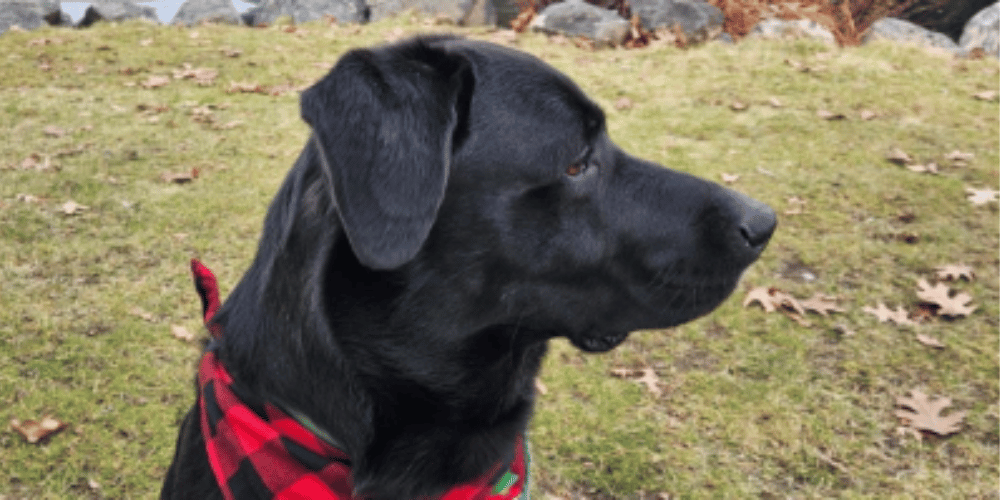
Recognizing the Type of Wound
When your furry friend gets injured, the first step is to assess the type of wound. Minor wounds, such as superficial scrapes or minor cuts, may heal on their own with proper home care. However, puncture wounds, bite wounds, or wounds with contaminated or dead tissue often require more attention. Infected wounds or those with excessive bleeding should prompt a visit to the veterinary clinic immediately.
The Basics of Dog Wound Care
For minor injuries, clean the wound gently with warm tap water to remove any microscopic debris or foreign material. Applying a water-based lubricant can help to avoid infection by preventing dirt from entering deeper into the wound. After cleaning, a thin layer of triple antibiotic ointment can be applied to the wound area. For open wounds, clean towels or sterile gauze can be used to apply pressure and stop bleeding.
When to Seek Veterinary Help
If the wound is deep, won't stop bleeding, or shows signs of infection (such as redness, swelling, or discharge), it's time to seek professional help. Vet immediately becomes the mantra here, as surgical closure or surgical debridement may be necessary to remove contaminated wound tissue and promote drainage.
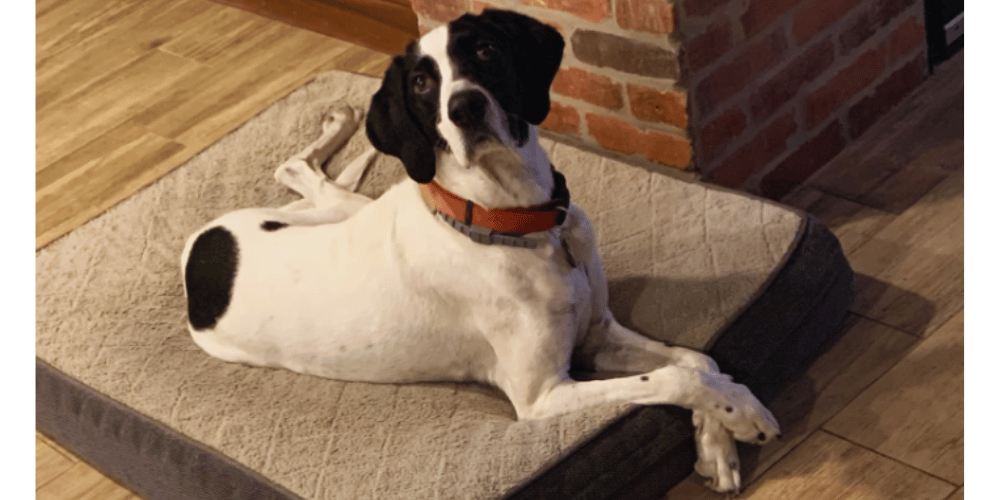
The Healing Process
Wound healing is a complex process that involves blood flow to the affected area and the body's natural defenses. Most wounds will go through stages of healing, but the presence of bacteria or contaminated tissue can delay healing. Surgical incision sites, in particular, need to be monitored closely for signs of proper healing.
Preventing Self-Inflicted Damage
Dogs often try to lick or bite their wounds, which can lead to further complications. Prevent your dog from licking the injury by using an Elizabethan collar (e-collar) or dressing the wound with a t-shirt or bandage. This helps to keep the area clean and allows the healing process to continue uninterrupted.
The Importance of Proper Cleaning
Proper cleaning is paramount when it comes to treating dog's wounds. Before any healing can begin, it's essential to ensure that the wound is free from debris and bacteria. Start by carefully trimming the hair around the wound using electric clippers to prevent matting and to provide easy access to the area. Then, gently clean the wound with a clean towel dampened with warm water or a mild, water-based lubricant to remove any dirt or discharge. This initial cleaning can significantly reduce the risk of infection and help the skin injuries begin the healing process.
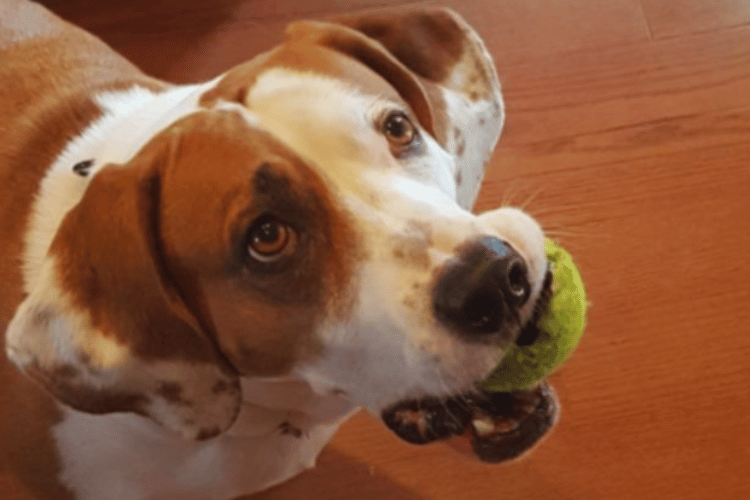
However, it's important to note that not all wounds should be cleaned at home. Deep or open wounds may require veterinary care and should be handled by a professional to avoid further damage. If you're unsure about the severity of the wound, it's always better to consult your vet. They can provide proper pain relief and ensure that the cleaning agents used will not irritate the wound or delay healing. Remember, a clean wound is a healing wound, but it must be done correctly to promote a fully healed state. Innovative Dressing Techniques for Dog's Wounds In the realm of canine care, innovative dressing techniques can be a game-changer for managing dog's wounds, especially when traditional bandages won't stay put. A common household item like a snug-fitting t-shirt can be repurposed as a protective layer for torso injuries, providing a barrier against dirt and reducing the likelihood of licking or biting at the wound site. The t-shirt method is particularly useful for open wounds that require air circulation for healing, as it allows the wound to breathe while still offering protection.
Moreover, for wounds on paws or legs, consider using a water-based lubricant to gently apply a bandage. The lubricant prevents the bandage from sticking to the fur and causing discomfort upon removal. This technique not only eases the bandaging process but also ensures that the dressing can be changed without causing additional stress to your furry friend. Always ensure the bandage is not too tight to avoid restricting circulation, and consult with a vet for the best dressing practices for your dog's specific wound.
The Advantages of Using an E-Collar An e-collar, commonly known as the "cone of shame," is a crucial tool in the arsenal of dog wound care. While it might not be your pup's favorite accessory, an e-collar plays a vital role in preventing dogs from licking or biting their wounds, which can introduce bacteria and delay healing. The e-collar creates a physical barrier, ensuring that the wound remains clean and undisturbed, thus promoting faster recovery. It's important to choose the right size of e-collar to ensure it's effective without causing discomfort to your dog.
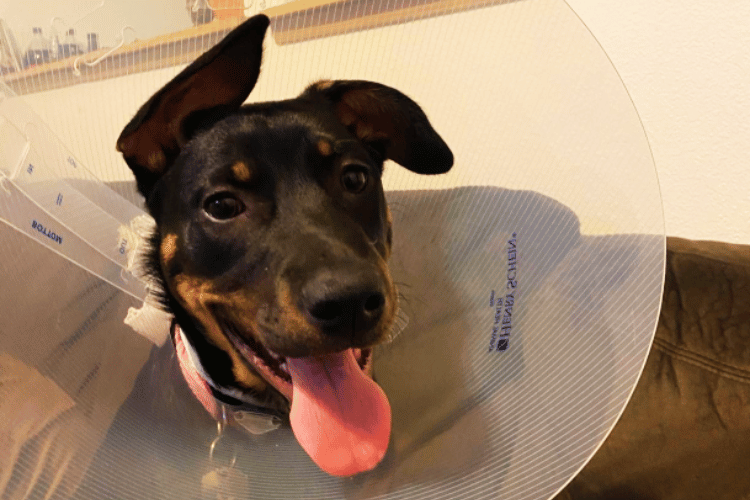
In addition to its protective function, the e-collar can also help maintain the effectiveness of topical treatments. When a water-based lubricant or other medication is applied to an open wound, the e-collar prevents your dog from licking it off, allowing the treatment to absorb and work its magic. While it may take some time for your dog to adjust to wearing an e-collar, the benefits it provides in safeguarding the wound are immeasurable. Always monitor your dog's behavior with the e-collar and consult your vet for advice on how long it should be worn.
Protective Measures to Support Healing
Once a wound has been cleaned and assessed, it's crucial to protect it from further injury or contamination. One of the most effective ways to do this is by using an e-collar, commonly known as the "cone of shame," to prevent your dog from licking or biting the affected area. While it might seem uncomfortable, the e-collar is a vital tool in ensuring the wound can fully penetrate the stages of healing without interruption. Alternatively, dressing the wound with a bandage or covering it with a snug-fitting t-shirt can also provide protection, especially for wounds on the body.
In addition to physical barriers, creating a calm environment for your pet can aid in faster healing. Stress can impede the healing process, so ensuring your dog has a comfortable place to rest, away from high-traffic areas, can make a significant difference. Keep a clean bowl of fresh water within easy reach and continue to monitor the wound for signs of infection or delayed healing. With these protective measures in place, you're giving your dog the best chance at a speedy and fully healed recovery.
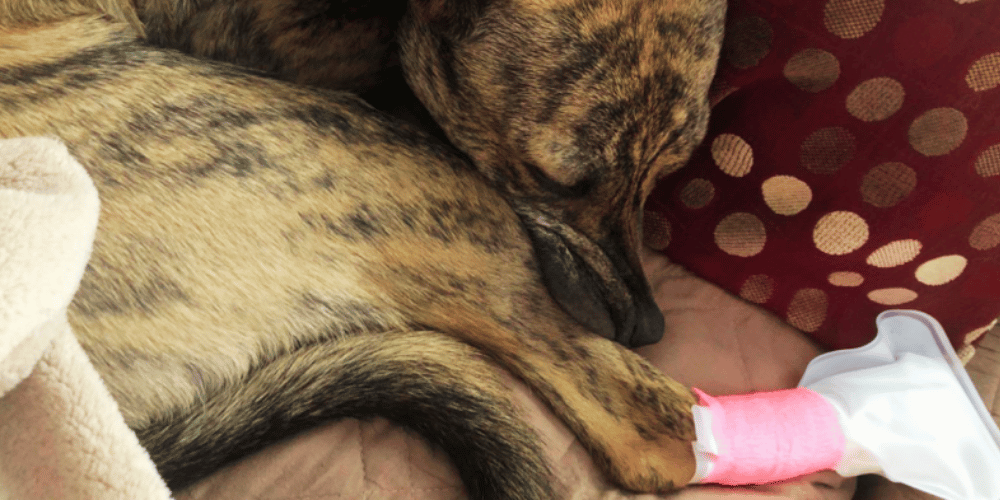
Home Remedies to Avoid
Some home remedies can do more harm than good. For instance, never apply hydrogen peroxide directly to a wound, as it can damage the tissue and impede healing. Similarly, rubbing alcohol is too harsh and can cause pain and irritation. Stick to antimicrobial ointment and clean water for initial wound care.
The Role of First Aid
Having a first aid kit for your dog is essential. It should include items like sterile gauze, clean cloth, and antimicrobial ointment. Knowing how to remove debris and apply pressure to a bleeding wound can be life-saving while you transport your pet to the vet.
Monitoring for Complications
After initial treatment, keep a close eye on the wound for any signs of infection. If the wound doesn't seem to be healing or if your dog shows signs of discomfort, it's important to return to the vet for further assessment and specific instructions.
When Healing Seems Slow
Some wounds take longer to fully heal than others. Factors like the dog's overall health, age, and the wound's location can affect healing time. If you're concerned about the pace of healing, consult your vet for advice on how to promote drainage and encourage tissue repair.
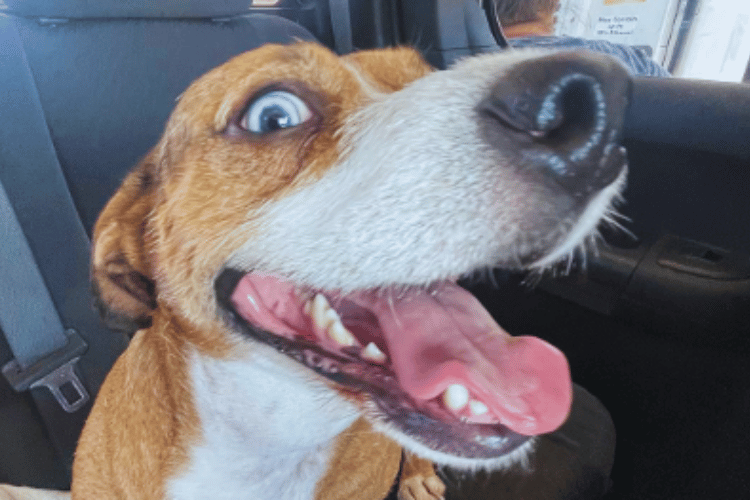
Nutrition and Wound Healing
A healthy diet plays a significant role in wound healing. Ensure your dog is getting all the necessary nutrients to support skin repair and fight off potential infections. Supplements may be recommended by your vet to aid in this process.
Summary
While some dog wounds can heal on their own, it's important to know when to intervene. Proper assessment, immediate care, and understanding when to seek veterinary assistance are key to ensuring your dog's wounds heal properly. Always avoid harsh chemicals, monitor the healing process, and provide a nutritious diet to support recovery.
FAQ Section
Q: Can I use human medication on my dog's wound? A: No, you should not use human medication on your dog's wound without consulting your vet. Some human medications can be toxic to dogs or may not be appropriate for the type of wound.
Q: How can I tell if my dog's wound is infected? A: Signs of an infected wound include redness, swelling, heat, pain, and discharge. If you notice any of these symptoms, contact your vet immediately.
Q: How long does it take for a dog's wound to heal? A: Healing time varies depending on the wound's severity, location, and the dog's overall health. Minor wounds may heal within a week or two, while more serious injuries may take longer. Always follow your vet's advice for the best outcome.
Thank you for visiting LegitLists we hope this helps you make a legitimate choice!






